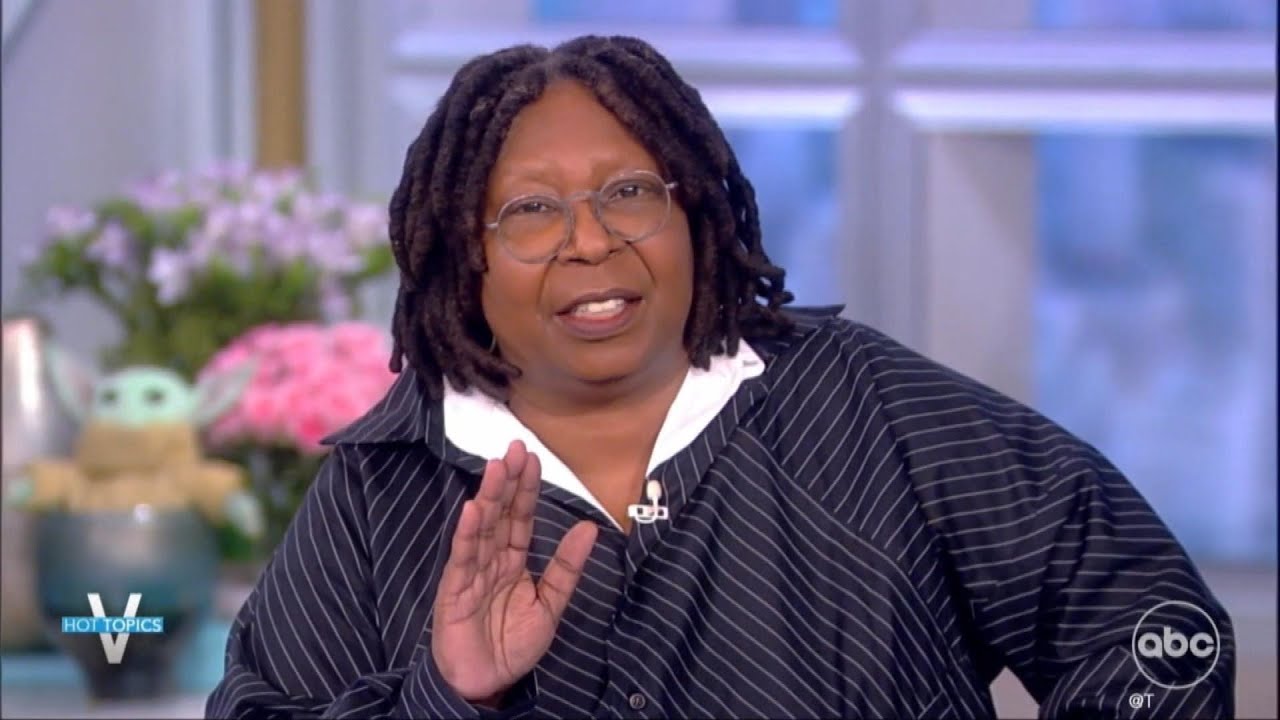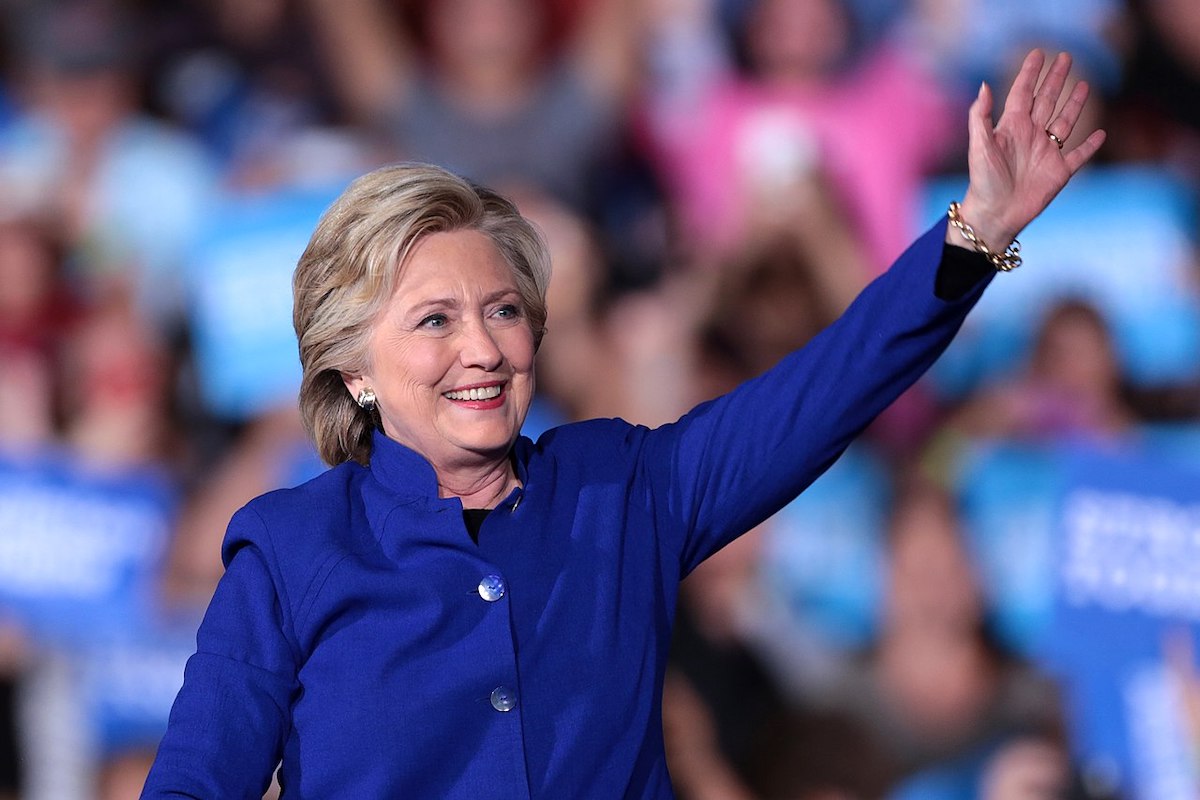Finance
January 1, Inflation Plummets To 3.1% — And What It Means For You

Inflation dropped to 3.1% for the year ending in November, according to the Bureau of Labor Statistics. This decline was largely driven by energy prices, as gas prices plunged and are down nearly 9% on the year. However, “core inflation,” which excludes volatile food and energy prices, held at a 4% annual pace.
Chris Rupkey, the chief economist at FWDBONDS, said, “Inflation isn’t dead, and inflation pressures are not fizzling out. To get inflation down to the 2% target, the Fed needs monthly changes of 0.2%, not the 0.3% November core CPI reading the markets got today.”
The drop in headline inflation is welcome news for President Joe Biden, who has been touting the declines in inflation alongside the strong labor market as “Bidenomics” at work. It is also good news for the Fed, which has worked to drive down inflation since March 2022 by hiking interest rates as part of its historic tightening cycle. Tuesday’s report likely won’t change the general consensus that the Fed is done raising rates and will begin lowering them next year.
Annual inflation peaked at about 9% in June 2022, and while it is now much lower than it was, price growth is running higher than the Fed’s preferred 2% level. Inflation has been caused by factors on both the supply and demand sides of the equation. Republicans have placed blame on the rash of stimulus spending amid the pandemic coupled with ultra-low interest rates. Democrats have noted the role played by supply-chain problems and argued that inflation has increased in most Western countries and not just the United States.
There has recently been a renewed sense of hope that the Fed will be able to pull off a “soft landing” — that is, a scenario in which inflation meaningfully falls back to a healthy level while the broader economy avoids a recession.
The labor market has particularly remained strong despite the high-interest rate environment. The economy once again beat expectations in November and added nearly 200,000 more jobs, and the unemployment rate dropped slightly to 3.7%, which is considered a healthy level by historical standards.
Gross domestic product growth is seen as the key indicator of recessions. Two quarters of negative GDP growth is typically used as a rule of thumb that the economy has entered a recession, but rather than slowing, the pace of GDP growth has picked up this year. A revision to the third-quarter GDP projections released last month showed that economic growth expanded at a 5.2% seasonally adjusted annual rate in the third quarter of this year, the strongest growth since the pandemic rebound and, before that, 2014.
Interest rates for mortgages and loans have begun moderating in recent weeks as investors bet that the Fed will begin chopping rates sooner than anticipated.
Brad McMillan, the chief investment officer for Commonwealth Financial Network, said, “The U.S. economy continues to chug along and is still headed for a soft landing. Interest rates have largely normalized, and markets are following suit. People are feeling better as they can get good jobs at good wages — and then go shopping. That is a good place to be as we enter the holiday season.”
However, despite the underlying strength of the economy and jobs market, consumers are reporting that the economy is in bad shape. Prices for everything from groceries to gasoline remain much higher than before the pandemic took hold, making life less affordable and translating into economic dissatisfaction.
The housing market has also taken a hit, given that mortgage rates remain quite high and housing prices haven’t significantly dropped in tandem with the higher mortgage rates.
Why It Matters (op-ed)
Inflation’s drop to 3.1% in November is a positive development, but it’s crucial to remember the bigger picture. Core inflation remains at a 4% annual pace, indicating that underlying pressures persist.
The Biden administration may celebrate this as a victory for “Bidenomics,” but let’s not overlook the fact that inflation is still higher than the Fed’s preferred 2% level. Republicans point to unprecedented stimulus spending and low-interest rates as key drivers, while Democrats highlight global supply-chain issues.
The prospect of a “soft landing” for the economy is promising, but we must remain vigilant. With consumers feeling the pinch from high prices and economic dissatisfaction, it’s crucial to address these underlying issues to ensure long-term stability and growth.
As our loyal readers, we encourage you to share your thoughts and opinions on this issue. Let your voice be heard and join the discussion below.

-

 Entertainment2 years ago
Entertainment2 years agoWhoopi Goldberg’s “Wildly Inappropriate” Commentary Forces “The View” into Unscheduled Commercial Break
-

 Entertainment2 years ago
Entertainment2 years ago‘He’s A Pr*ck And F*cking Hates Republicans’: Megyn Kelly Goes Off on Don Lemon
-

 Featured2 years ago
Featured2 years agoUS Advises Citizens to Leave This Country ASAP
-

 Featured2 years ago
Featured2 years agoBenghazi Hero: Hillary Clinton is “One of the Most Disgusting Humans on Earth”
-

 Entertainment2 years ago
Entertainment2 years agoComedy Mourns Legend Richard Lewis: A Heartfelt Farewell
-

 Featured2 years ago
Featured2 years agoFox News Calls Security on Donald Trump Jr. at GOP Debate [Video]
-

 Latest News2 years ago
Latest News2 years agoSupreme Court Gift: Trump’s Trial Delayed, Election Interference Allegations Linger
-

 Latest News2 years ago
Latest News2 years agoNude Woman Wields Spiked Club in Daylight Venice Beach Brawl
Domestic Goddess
December 16, 2023 at 7:04 pm
Whoever wrote this has not been to the grocery store, or been laid off this week.
Barry
December 16, 2023 at 7:22 pm
Despite all the hoopla over a 3-4% inflation in 2023, that’s a year over year rate. No one is addressing the 9+% rate in 2022!!! That’s why the middle income and lower are feeling the pinch of inflation. So, even if Bidenomics gets the inflation level to 2% in the near future, most of the population has to absorb the 9+% from 2022.
Why aren’t the statistical wizards comparing inflation from 2021 to 2023? I’m guessing that’s 11-13%!
LMB
December 16, 2023 at 7:28 pm
BS, BS, BS STATISTICS!!! What for November?! I’m seeing an 18.7 % increase overall for inflation!!! Most of the groceries went up 10 cents this month alone!! NOTHING HAS COME DOWN IN COST!!!
Purple sky
December 16, 2023 at 7:34 pm
And just who is stupid enough to buy this total line of B.S. Cost of living is up at least 25% or better since the fake P.o.t.u.s. was installed. And it will NEVER go down.
Bernd Burkhardt
December 16, 2023 at 8:14 pm
You are full of it – math. Genius you definitly can not count.!
Ursus Logicus
December 17, 2023 at 9:58 pm
Inflation will only worsen–AFTERCthe.General Election. The Democrats are “deflatimg” it artificially, by any number of.meams. If you want to question or argue the.point, go ajead. I don’t have the.time or the.inclination to debate Chromatics with Ray Charles.
DiYi
December 16, 2023 at 8:43 pm
I just love the Dems excuses that most Western countries also experience increased inflation. We’re the largest economy in the world – our increases affect the other countries, not the opposite.
Robert R DeWitt
December 16, 2023 at 9:49 pm
And just like that all is well in our economy, right. Please go to the grocery store, try and afford home, a car, or pay rent. The left has killed the economy.
Jim
March 18, 2024 at 7:17 pm
Remember that this is an election year and this piece is nothing more than a propaganda wipe to boost FJB’s chance at rigging another Presidential election. Real numbers show an unprecedented rise in costs compared to four years ago under Trump. Some of the increases were due to COVID and the self-destructive restrictions imposed by the Leftist bureaucrats in government. Mostly, the blame lies directly with FJB and the Democrats uncontrolled spending on things that don’t contribute anything to America’s well-being.